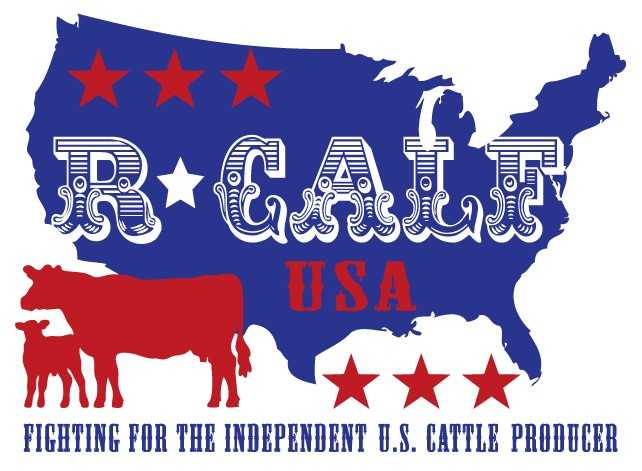![]()

Commentary by Bill Bullard, CEO, R-CALF USA
The 2022 Agricultural Census was just released. We use census data to track the trajectories of the critical infrastructure needed to maintain a viable domestic cattle and sheep industry. It’s unfortunate but we have to wait every five years for the publication of a new census to gather the necessary data.
The news from this newest census is not good, but it’s what we expected given that neither the Department of Agriculture nor Congress has taken any meaningful steps to protect independent cattle and sheep producers from the abusive market power emanating from the highly concentrated meat packing industry and from globalization that has allowed concentrated meat packers to source cheaper beef and lamb from around the world, which displaces beef and lamb produced exclusively in the United States.
Let’s start with cattle.
We’ve lost another 107,000 independent beef cattle farmers and ranches in just the past five years! That’s a loss of over 21,000 cattle producers per year during the past five years. And, we’ve lost another 2.5 million mother cows, representing an 8% reduction of our nation’s mother cow herd in five years, with a loss rate of half a million mother cows per year.
And lest you think these losses can be attributed to the recent drought, consider that for the 37-year period prior to the 2017 census, we lost well over half a million cattle farmers and ranchers, with an average loss rate of over 15,000 farms and ranches per year for 37 years.
That means the ongoing loss of cattle producers cannot be attributed to drought as we certainly did not have drought conditions during the entirety of the past four decades. But it’s clear that during the past five years the loss rate was worse, at over 21,000, so some of those increased losses can be attributed to drought. But the long-term downward spiral in the number of U.S. cattle farms and ranches informs us that our industry is in a severe crisis that won’t be reversed unless Congress and the USDA begin taking meaningful actions to preserve what’s left of our U.S. cattle industry.
And let’s put this in perspective, we’ve now lost 665,000 cattle farmers and ranchers and have only 622,000 left, which is a loss of over half of our nation’s beef cattle farmers and ranchers in just 42 years, which is only slightly longer than a single generation. Remember also, we’re talking about the largest segment of American Agriculture, which means our cattle industry is vital to the economic well-being of Rural America.
And if you think this fast-paced downward trajectory for the number of cattle producers can’t possibly continue, consider this: Today we have fewer cattle producers than we had hog farmers four decades ago, at which time there were 667,000. But today there are only 61,000 hog farmers left. We wiped out over 90% of them in four decades. The same will happen in our cattle industry unless we implement needed reforms such as mandatory country of origin labeling for beef, limiting imports with tariffs, and forcing the concentrated packers to compete for cattle.
Now let’s turn to sheep, the canary in the coal mine for cattle. The new census tells us the U.S. sheep inventory is now the lowest in history, at only about 5 million head. And the number of full-time sheep producers, which we conservatively consider as those with a flock size of at least 100 ewes, is now down to only 6,376 sheep producers in the entire nation. This means during the past five years we’ve lost nearly 500 more sheep producers. And this is an industry much smaller than the cattle industry, but yet, vitally important to the wellbeing of rural communities all across the West. And now through concentration and globalization, we’ve wiped out 63% of our nation’s hard-working sheep producers in just four decades.
This new information is alarming and poses a grave risk to our nation’s food security. Here’s why: If the U.S. is to feed itself, and not be dependent on foreign supply chains that are prone to disruption, then we must maintain three elements essential to ensuring a viable domestic supply chain. We must maintain supply chain participants, but we’re fast losing our farmers and ranchers; we must maintain our factory, but we’re fast losing our mother cows and ewes; and we must maintain our marketing outlets, but we’re losing our marketing outlets, our cattle and sheep feedlots and packing facilities. In fact, we’re losing all three of these essential competitive infrastructure elements at an alarming rate.
America’s food security is at risk and Congress and the administration need to wake up.
Call your members of Congress at 202-224-3121 and tell them to reform our marketplace and our trade policies before our domestic meat production supply chain is gone.
